Standard 5: the Ikea of the Common Core Standards
The desk I'm writing at is from Ikea. It was purchased on my first (and last) trip to the Swedish superstore. Why vow to never, ever return?Well, at first glance, Ikea made me feel confident. The warehouse bustled with everyday, non-craftsmen-looking people who would build their own furniture. If they could construct bookcases on their own, why couldn't I? Ikea looked easy. Just look at these people assembling furniture with such ease and happiness!
Ikea looked easy. Just look at these people assembling furniture with such ease and happiness! But the moment I turned the page of the manual and saw this:
But the moment I turned the page of the manual and saw this: ...I knew I was in trouble. What looked easy and doable quickly turned into a multi-hour, multi-step, (and expletive-filled) process. What I found the most painful was the deception of it all. The deception of something appearing easy and turning out to be quite complicated.Ladies and gentlemen, the fifth common core reading standard is the Ikea common core standard.
...I knew I was in trouble. What looked easy and doable quickly turned into a multi-hour, multi-step, (and expletive-filled) process. What I found the most painful was the deception of it all. The deception of something appearing easy and turning out to be quite complicated.Ladies and gentlemen, the fifth common core reading standard is the Ikea common core standard.
Analyze the structure of text, including how specific sentences, paragraphs, and larger portions of the text (e.g. a section, chapter, scene, or stanza) relate to each other and the whole.
It has all the signs of Ikea-ness:
- familiar: who doesn't know what a chapter is?
- simple: chapters are usually marked with really clear markers, like numbers or titles
- mass appeal: again, who doesn't know what a chapter is?!
But turn the pages of the metaphorical manual for common core standard five. If we break down this standard, there are multiple steps to accomplish in order to achieve proficiency:
- Identify multiple text structures of a variety of genres (nonfiction, fiction, drama, poetry).
- Within a specific genre, describe how multiple text structures in one text relate to each other.
- Analyze how multiple text structures relate to the whole of the text, usually in terms of the overall meaning of the text.
For example, if we were to apply standard five to poetry:
- Identify the different text structures of poetry: lines, stanzas, white space, punctuation, titles
- Figure out different relationships between the text structures, like, "How do different lines relate to each other?" or "Why are certain stanzas are placed in order?" or "Why do certain lines stand alone surrounded by white space?" or "How does the title relate to the rest of the poem?"
- Analyze how the text structures relate to the meaning of the text, as in, "How do the placement of the stanzas relate to the theme of the poem?" or "How do the first and last lines of each stanza reveal the overall meaning of the poem?"
Alas, the Ikea standard. In the spirit of not wanting students to feel like me, hour 3 into Ikea desk-building, here's an initial lesson that breaks down this big concept into small, doable steps.Let's take, for example, the 7th grade rendition of standard five.
Analyze how a drama’s or poem’s form or structure (e.g., soliloquy, sonnet) contributes to its meaning.
Channeling the above breakdown of standard five, here's an instructional chart that breaks down the complexity of the standard and makes it "teaching-ready:" Lesson Manual--Follow the steps in this manual and you'll finish with a lesson built from scratch!Step One: Readers use text structure to figure out the meaning of the poem.: This is the meat and potatoes of the lesson. It's the big picture, the overall work, the theme of the day's lesson.Step Two: A moral or message of the poem: "If you love something, set it free." : We decided to give the students a possible theme for the poem in this initial lesson on standard 5. We realized that if the kids struggled with determining a theme, the whole lesson would fall apart. As a series of lessons unfolded, we'd eventually have kids do both: determine theme & analyze how the text structure contributes to the theme.Step Three: Use a Cheat Sheet--stanzas, lines, punctuation, white space, title : This reflects the subtle, yet crucial work of this standard. Kids have to be able to identify the specific text features of a particular genre. This was the confidence-building portion of the lesson. We annotated the poem with familiar text structures, as seen here:
Lesson Manual--Follow the steps in this manual and you'll finish with a lesson built from scratch!Step One: Readers use text structure to figure out the meaning of the poem.: This is the meat and potatoes of the lesson. It's the big picture, the overall work, the theme of the day's lesson.Step Two: A moral or message of the poem: "If you love something, set it free." : We decided to give the students a possible theme for the poem in this initial lesson on standard 5. We realized that if the kids struggled with determining a theme, the whole lesson would fall apart. As a series of lessons unfolded, we'd eventually have kids do both: determine theme & analyze how the text structure contributes to the theme.Step Three: Use a Cheat Sheet--stanzas, lines, punctuation, white space, title : This reflects the subtle, yet crucial work of this standard. Kids have to be able to identify the specific text features of a particular genre. This was the confidence-building portion of the lesson. We annotated the poem with familiar text structures, as seen here: Step Four: Unlock text structure (It will teach you theme...) 1. first lines/last lines of each stanza 2. commas and punctuation slows me down to notice what's really important 3. cause and effect overall text structure This is the heart of the lesson. We want kids to analyze and connect how the text structure contributes to the poem's meaning or theme. How is the theme, "If you love something, set it free," shown through text structure?At this point, the lesson is an inquiry. Yes, you're providing a possible theme & specific text structures. But the kids are doing the heavy-lifting. The kids figure out, for example, how the first and last lines of each stanza show the theme. Or, how the punctuation choices made by the author reveal meaning. Or, how the overall structure of cause & effect contributes to the overall meaning.
Step Four: Unlock text structure (It will teach you theme...) 1. first lines/last lines of each stanza 2. commas and punctuation slows me down to notice what's really important 3. cause and effect overall text structure This is the heart of the lesson. We want kids to analyze and connect how the text structure contributes to the poem's meaning or theme. How is the theme, "If you love something, set it free," shown through text structure?At this point, the lesson is an inquiry. Yes, you're providing a possible theme & specific text structures. But the kids are doing the heavy-lifting. The kids figure out, for example, how the first and last lines of each stanza show the theme. Or, how the punctuation choices made by the author reveal meaning. Or, how the overall structure of cause & effect contributes to the overall meaning. So, let's take first/last lines of the stanza. I might say something like:"Ok, so one possible theme is "If you love something, set it free." And I also know that readers can look at the specific text features of poems, like first and last lines of stanzas, to investigate HOW the text structure shows this meaning. Let's try that out. Read the first and last lines of this stanza with me: If you catch a firefly...you have lost a tiny star. If you let it go then,...star bright." Huh. How does this text structure of these first lines and last lines show that if you love something you should set it free...?"And cue kid talk. Could be partners investigating. Could be whole-class talk. Could be individual written investigations then a partner or whole-class debate.Moving forward.As you develop a series of lessons to teach into this standard, there's a lot of room to remove some of the initial scaffolds. And you'd want to give yourself permission to do this, as you want to gradually release the whole process to the students.Ways to Lift Scaffolds:
So, let's take first/last lines of the stanza. I might say something like:"Ok, so one possible theme is "If you love something, set it free." And I also know that readers can look at the specific text features of poems, like first and last lines of stanzas, to investigate HOW the text structure shows this meaning. Let's try that out. Read the first and last lines of this stanza with me: If you catch a firefly...you have lost a tiny star. If you let it go then,...star bright." Huh. How does this text structure of these first lines and last lines show that if you love something you should set it free...?"And cue kid talk. Could be partners investigating. Could be whole-class talk. Could be individual written investigations then a partner or whole-class debate.Moving forward.As you develop a series of lessons to teach into this standard, there's a lot of room to remove some of the initial scaffolds. And you'd want to give yourself permission to do this, as you want to gradually release the whole process to the students.Ways to Lift Scaffolds:
- Have kids identify text structures.
- Have kids identify possible themes.
- Increase complexity of text.
- Shorten time spend on all the steps & turn it into a more fluid process.
- Diversify the genres--drama, short story, nonfiction articles
Let's not let our teaching of structure feel like an incomprehensible set of Ikea instructions. Give kids the language and give them some steps to try, over and over again, until they get the hang of the allen wrenches of stanzas and the nuts and bolts of line breaks and last lines.Big Idea: Common Core Reading Standard 5 Tiny Detail: Breaking down the steps of structure & meaningThanks to the hard-working staff at PS 206 for the lesson's inspiration!Kate and Maggie

